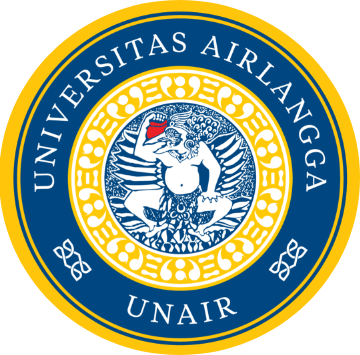The purpose of this study was to determine the feasibility and nutritional content of Mocaf flour (modified cassava flour) as disaster emergency food. The methodology of study is a literature review. Based on data from the United Nations Agency for International Disaster Risk Reduction Strategy (UN-ISDR), Indonesia is designated as one of the countries most prone to disasters. The threat of disasters in the form of tsunamis, volcanoes, and also floods. Many needs are needed when a disaster occurs, one of which is food for disaster victims. With limited conditions, it is necessary to have food that is easily available and contains sufficient nutritional value and carbohydrates. These criteria can be obtained from processed flour from cassava, namely Mocaf flour (modified cassava flour) which can be processed into various forms of processed food.
Based on the results of the analysis of the existing literature, it is known that various studies have been conducted to test the content of Mocaf (modified cassava flour) and analyze the potential of Mocaf as emergency food in order to maintain food safety during disasters. Some of these studies have shown positive results that Mocaf can be used as an emergency food option during a disaster. The advantages of gluten-free Mocaf flour provide added value to Mocaf flour as an emergency food option because it can be consumed by obese people. In addition, Mocaf flour contains high calcium and fiber. This can help meet the nutritional needs of people affected by disasters so that Mocaf has the potential to become one of the carbohydrate-based food security products.
There are several processed Mocaf flour that already exists in the community such as snack bars, biscuits, and noodles. However, Mocaf flour only has a small amount of protein. Therefore, a mixture of ingredients is needed in a processed Mocaf product to complete its nutritional content. Several studies have been conducted regarding the preparation of Mocaf flour with a mixture of other ingredients such as red beans, soybeans, breadfruit, purple sweet potatoes, and saga plants. Based on the results of the study, processed snack bars made from Mocaf flour and red bean flour contain 128 kcal with details of nutritional content; 4.5 grams of protein, 3 grams of fat, 20.5 grams of carbohydrates, and 5.7 grams of fiber. Based on this study, the processed snack bars of Mocaf flour and red bean flour have higher carbohydrate and fiber content compared to 11 commercial snack bar brands that are intended for diets. While in processed biscuits, soybean flour serves as a complement to protein, fat, and texture support. Processed Mocaf flour biscuits with soybeans with a formula of 20% soy flour are the best formula to achieve the highest protein content.
The existence of emergency food is essential in the event of a disaster to maintain human survival. Mocaf as processed local food has the potential to become an emergency food. With high carbohydrate, calcium, and fiber content, Mocaf is able to meet human nutritional needs during emergency situations. However, Mocaf alone is in fact not sufficient to meet human nutritional needs, so that other food ingredient is needed that have content that Mocaf does not have. There are several food options that can be combined to create nutritionally complete emergency food, such as breadfruit, saga seeds, soybeans, purple sweet potatoes, or even animal ingredients such as fish. The combination of Mocaf with several food choices is expected to be able to meet the nutritional needs of the community in an emergency.
The development of Mocaf is still minimal in Indonesia due to several factors such as the high price of cassava raw materials, low productivity, and lack of government support in efforts to develop its potential. Therefore, it is necessary to take strategic steps to realize the idea, Mocaf of the based emergency food. Among them is agricultural development to encourage local food productivity and the development of functional food and local food ingredients to achieve food security.
Author: Moses Glorino Rumambo Pandin, Christrijogo Sumartono Waloejo, Dina Sunyowati, Isnaini Rizkyah









